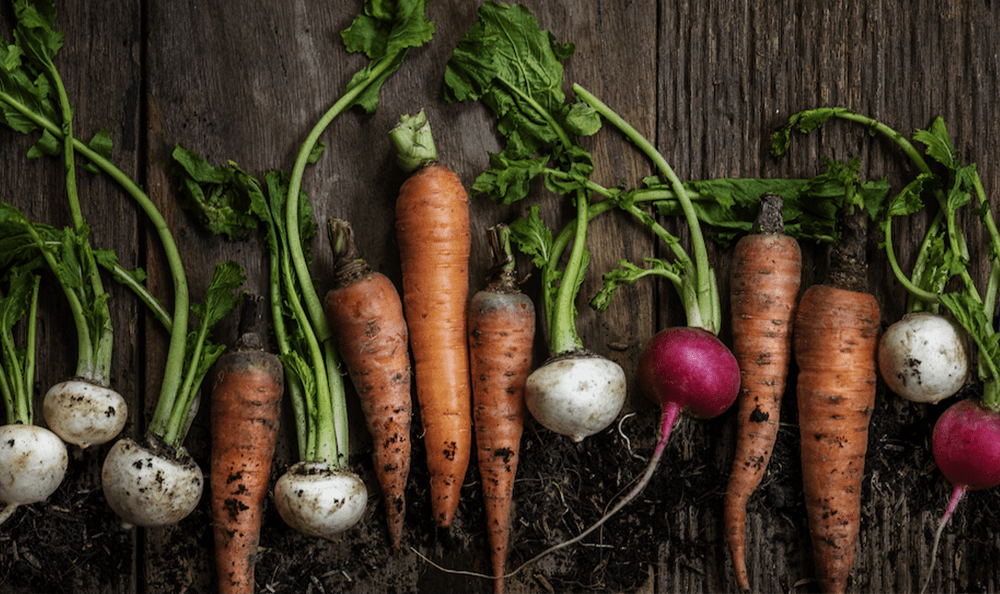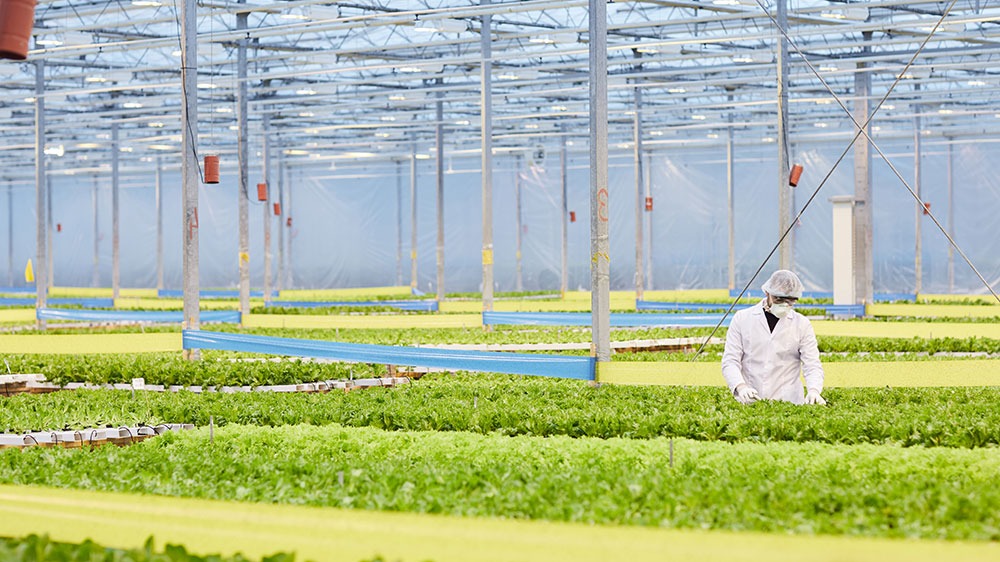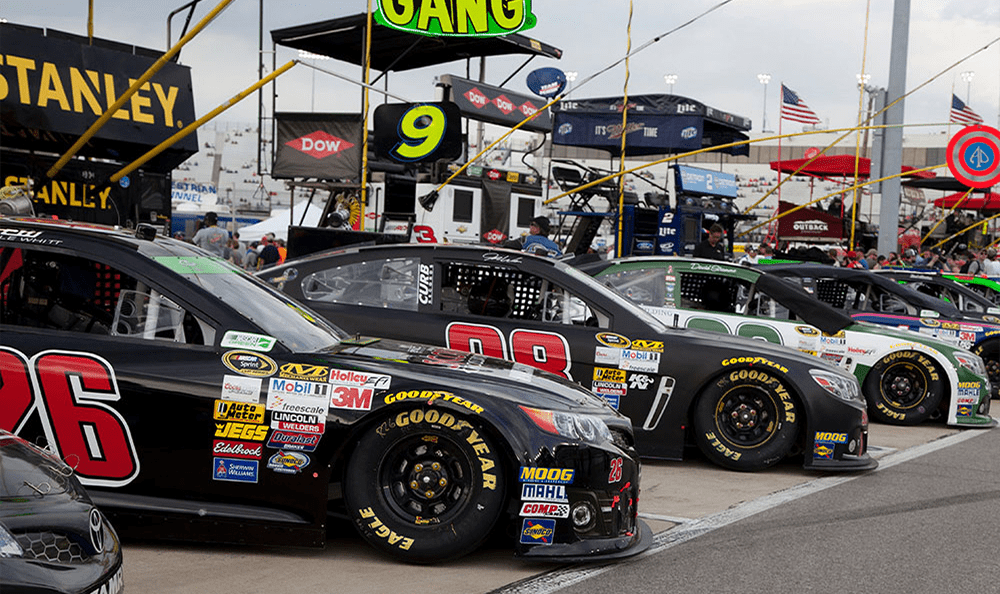From Farm to Table
Fruit, vegetables, and other perishables are just that—perishable. They are prone to spoiling and relatively short-lived as a consumable good. The journey of produce from harvest to the grocery store display involves key steps to ensure freshness and quality.
It starts with farmers cultivating crops in their fields or greenhouses, carefully monitoring and nurturing the plants. Once the crops reach the right ripeness, they are harvested and then sorted, cleaned, and packaged at the farm or a nearby facility. Storing produce in the right environment is vital to maintain quality and avoid shrinkage, which refers to the total loss of goods. Shrinkage is a natural concept to visualize in the case of produce—it can literally come from plants losing water and drying out.
Next, the produce is loaded and transported to distribution centers or local markets. During transportation—like the rest of the process—it is essential to maintain the right climate and ensure proper handling. Too high of a temperature can cause over-ripening, and any fluctuations to the humidity control could trigger mold growth or wilting.
Produce finally reaches consumers through local restaurants, grocery stores, or community-supported agriculture (CSA) programs. Implemented correctly, this farm-to-table process ensures fresh and healthy produce goes from the farmers’ fields to their destinations intact.
The Science of Freshness
Some amount of loss is expected when working with fresh fruits and vegetables, but with the right monitoring and handling, significant shrinkage can be avoided. In the context of produce, shrinkage refers to the loss or reduction in weight, volume, or quality of fruits, vegetables, or other perishable items during storage, transportation, or handling. It’s a common concern for farmers, distributors, and retailers in the fresh produce industry.
Several factors contribute to produce shrinkage, including spoilage, bruising, dehydration, ripening, ethylene exposure, and temperature and humidity control. Ethylene is a natural gas produced by some fruits that accelerate ripening—that’s why bananas are usually kept separate from the rest of the fruit bowl.
Produce shrinkage can have significant financial implications for businesses in the supply chain. To minimize shrinkage, it’s essential to handle, store, and transport produce carefully, maintain a proper climate, and implement effective inventory management practices.
Using the right monitoring and controlling equipment can make the difference between a beautiful, ripe apple on the shelf or an unsightly gala sent to the composter.
The Root of Temp and Humidity Control
Each kind of produce requires the right conditions to stay fresh in storage, and constant tweaks are required to keep the environment where it should be. A control system can do this job, alleviating storage managers from constant checkups and adjustments.
Industrial Ventilation, Inc. (IVI) provides control systems for root vegetable storage facilities. Their panels:
- Monitor temperature, humidity, and CO2 throughout the facility. (The climate around the building is also monitored.)
- Control sprinklers, doors, humidifiers, ventilation fans, heaters, and coolers.
A large LCD touchscreen allows the manager to see existing environmental conditions and the state of their equipment, and allows for manual adjustments as necessary to the temperature and humidity control.
Thad Failor, a controls engineer and software developer at IVI, sought reliable hardware to automate his industrial-scale environmental control systems with precision. The integration needed to be custom, simple, and flexible. Thad found what he was looking for with ControlByWeb.
“The whole system together gives the storage manager the tools they need to be able to successfully store the product at the optimal conditions.” – Thad Failor, IVI
The IVI Imperium board is powered by a group of ControlByWeb IIoT devices, headed by the X-600M™ I/O controller. Thad chose our devices for their reliability, flexibility, and value. Our products have their own intuitive onboard logic, but they also fit into any existing system and can be controlled through custom software.
IVI kept all logic on their software, using HTTP GET to pull JSON files with system and sensor data. It sends commands to ControlByWeb’s hardware to activate the rest of the equipment.
IVI Control Panel
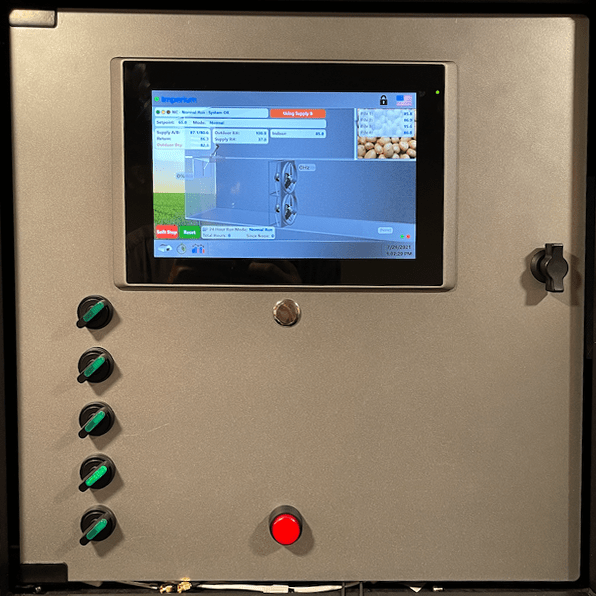
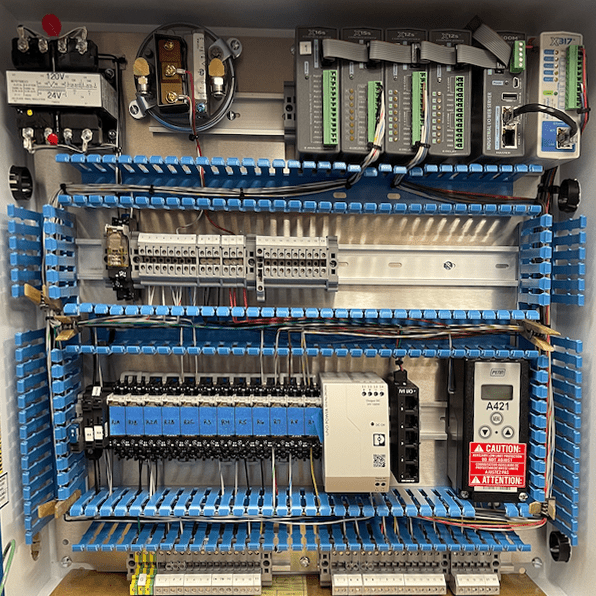
A Good Problem to Have
Our products proved so reliable in Thad’s application that they eventually found their way into older panels. This change resulted in a smaller package and space saved inside the panel. Our products send failure notifications—but the failures have virtually disappeared.
“The hardest part is having to train my guys to handle worst-case scenarios, and then they never actually deal with any of them.” – Thad
Produce requires precise handling, monitoring, and control to make it through the often perilous journey from the farm to your dinner plate. We’re proud to be part of what IVI does to help ensure an ideal environment for the freshest root vegetables with minimal shrinkage.
The ControlByWeb Difference
For help with your industrial application, get in touch with our team or schedule a 15-minute demo to get a feel for our devices.

